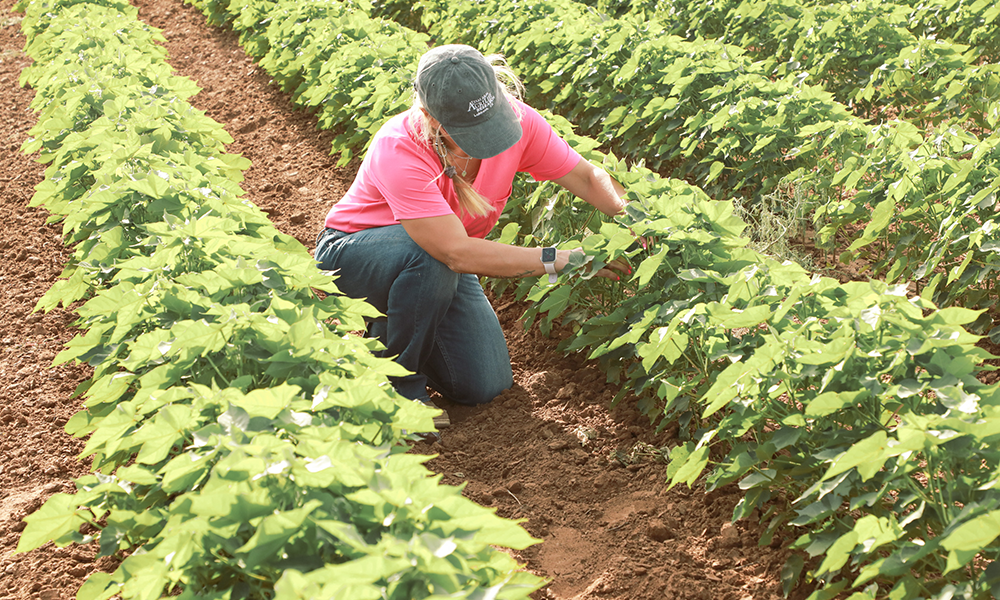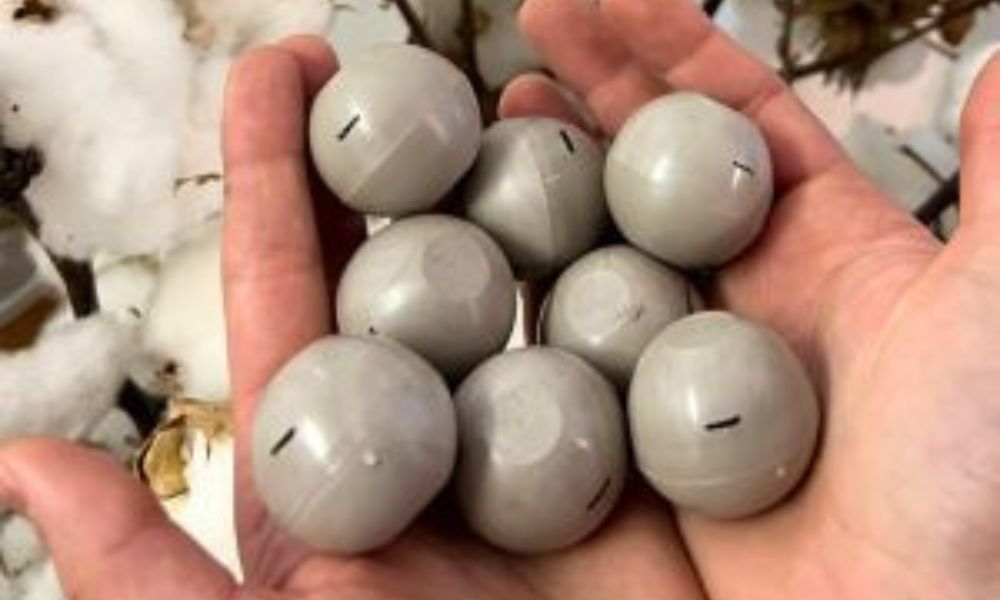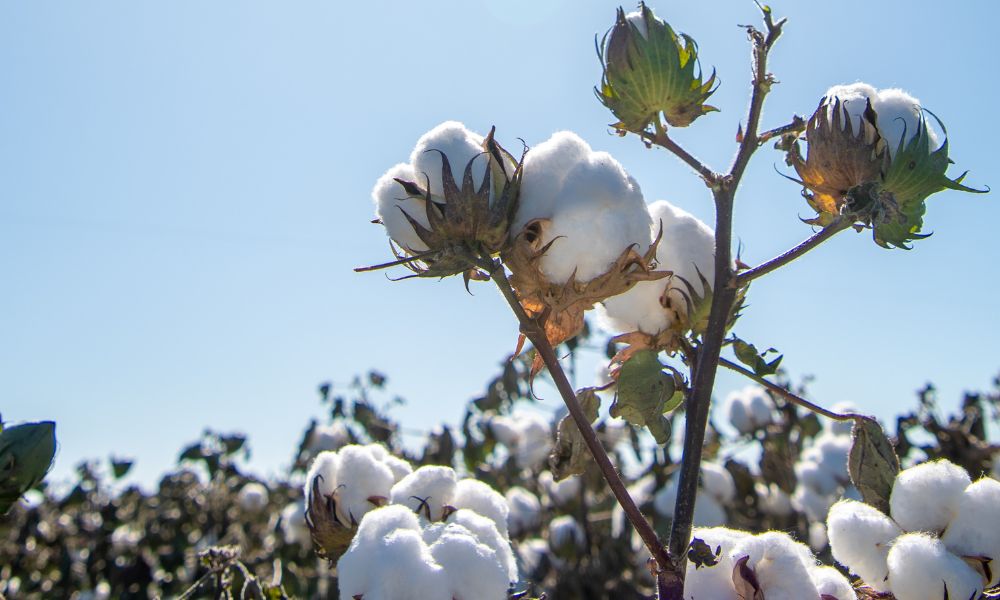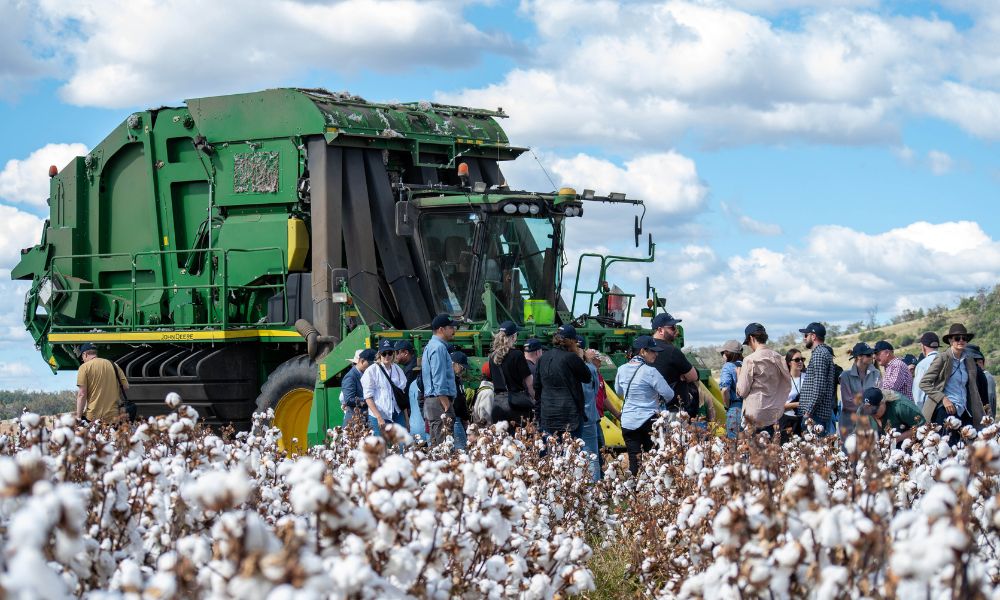Grower survey highlights biodiversity, environmental impact on farms
March 13, 2023
With 200 cotton growers, 60 consultants and 38 research partners taking part in CRDC surveys in 2022, thoughts and data on everything from the cost of weed control to level of trust in CRDC have been gathered.
Cotton Research and Development Corporation (CRDC) conducts three regular surveys – the annual cotton grower survey, the annual consultant survey with Crop Consultants Australia (CCA), and a survey of other key stakeholders, such as researchers, industry bodies, commercial partners and government partners, every three years.
In 2022, all three surveys took place, collecting valuable insights to help CRDC identify research, development and extension (RD&E) priorities and investments, better understand what’s happening on farm and in the field, determine impact and performance, and evaluate the strength and health of its partnerships.
In light of recent research by CRDC, reviews of integrated pest management systems by CCA and CSIRO, and concerns over growing resistance in key weed species to pesticides, the grower and consultant surveys offer further valuable insights.
Just shy of 100 per cent of growers said in the 2022 CRDC Grower Survey that they conserve beneficial insects whenever possible, while 97 per cent follow the Insecticide Resistance Management Strategy. The percentage using recommended sampling strategies, however, drops back to 78 per cent.
SataCrop is a website that allows growers/crop managers to map crop types across a farm. It can also be used by beekeepers to map hives. It’s an industry initiative of Cotton Australia and PCT, developed to mitigate drift from any weeds or insect management by checking for sensitivities when making spray decisions. Nearly 50 per cent of growers in the survey used the tool in 2021-22, while 28 per cent still aren’t aware of it.
The grower survey also covered water use, crop and soil management, biodiversity and thoughts on CottonInfo. It shows that 90 per cent of growers are supportive of CRDC’s research investments and activities, and nearly 95 per cent agree CRDC is a trusted information source.
The 60 consultants who completed the survey for the CCA Qualitative Report represent 413 cotton growers covering 285,000 hectares – 52 per cent of the Australian cotton production area for the 2021-22 season.
The report provides valuable data for agronomists, which they can reference when planning workshops or extension. The survey covered thoughts on CRDC and CottonInfo, along with questions on planting, farming systems, crop protection, defoliation, nutrition management, water and yield impact.
According to the consultants, mirids have the greatest average impact on their clients’ profitability through management costs and yield loss, with the cost in 60 per cent of cases ranging from $11-$50 per hectare. Green vegetable bug has been reported in growing numbers this current season, and last year represented a significant ($51-$100/ha) cost to control. Insects also rated highest in impact on grower profitability over weeds and diseases, at more than $300/ha.
In terms of the impact of weeds and weed control, feathertop Rhodes grass, fleabane and sowthistle continue to top the charts. And, when it comes to confirmed herbicide resistance, 18 per cent of the consultants’ clients have confirmed Group 9 (previously Group M) and 12 per cent have Group 1 (Group A) resistance. This is reflected in the impact on profitability via management costs and yield loss, with fleabane representing anywhere between $11 and $300 per hectare in losses.
The percentage of total hectares with confirmed or suspected herbicide resistance was for Group 9: 50 per cent in irrigated and 70 per cent dryland; for Group 1: 11 per cent in irrigated and 10 per cent in dryland; and for Group 4 (previously Group I): one per cent in dryland area.
This is despite the survey showing that glyphosate (Group 9) was used as a single weed control tactic in only one per cent of total hectares. Glyphosate plus two other tactics were used across 43 per cent of total hectares under dryland production, and 33 per cent in irrigation.
Consultants in general are happy with the level and quality of CRDC’s R&D but would like to see more locally-specific trials and participatory on-farm research to ground-truth industry projects. CRDC is seen by consultants as a good collaborator driving continuous change in the industry.
“With the current CRDC Strategic Plan coming to an end and a new plan now being developed, there’s no better time to understand the improvements we can make in working with growers and consultants,” CRDC Executive Director Dr Ian Taylor said.














Recent Comments